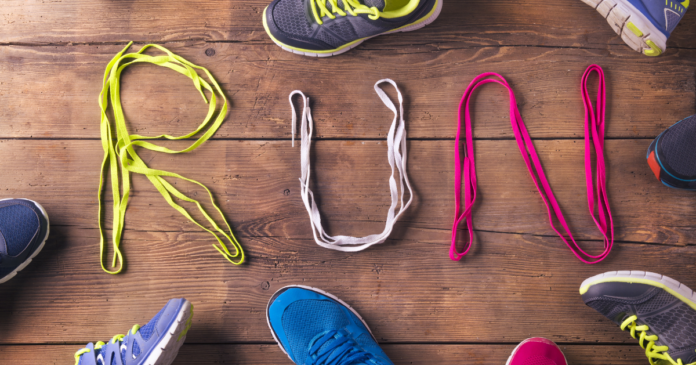Owning a couple more shoes is not a luxury. Rather, it is an essential strategy for anyone serious about running.
While you’re in the process of basking in your running era, it’s time to know the importance of owning more than one running shoe. Yes, you might have started with a lone pair, but your evolution as a runner calls for a deeper understanding of shoe rotation.
And no, owning a couple more shoes is not a luxury. Rather, it is an essential strategy for anyone serious about running. Think of it as one of the core foundations in your running journey: if improving your time, form, and pace is within your crosshair, then a decent shoe rotation will help you achieve these and more.
Why Rotate Your Running Shoes?
Why not?
It might be a straightforward answer, but it is not as complicated as most of us might think. It’s like asking if it is important to own more than one pair of running shorts. Heck, it’s like asking if it’s okay to have just one pair of underwear, and you don’t want that.
Runners Need explained that the “standard lifespan” of road running shoes is somewhere between 300-500 miles, or around 500-800 kilometers. While most shoes can take up a beating, a runner who trains for, let’s say, 20 miles a week (32 kilometers) might need to replace it after six months.
Conversely, carbon-plated running shoes, or those that are described as “race day shoes” or “super shoes,” can go for around 100 miles or around 160 kilometers. They are typically constructed with premium materials (read: lightweight), and using them beyond their lifespan will gradually lead the shoe to lose its optimal performance and deteriorate.
Reduce Injury
Shoe companies often make performance shoes that target a specific running aspect: stability, cushioning, speed, and even recovery. Having a shoe rotation will vary the stress that your training places on your muscles, joints, and tendons, thereby reducing the risk of injury.
Extend Shoe Life
Believe it or not, our shoes also need time to recover. Their materials compress and, much like a runner who is taking time out to rest, need to decompress to regain their structure. Using the same shoe will only speed up its wear and tear, leading the runner to spend on new footwear.
Different Shoe, Different Performance
Intermediate runners should know by now that there is no “one shoe to rule them all,” although companies like to experiment with what are now called “super trainers” or hybrid shoes that offer road-to-trail advantages. Runners should know that a specific training calls for a specific shoe:
- Daily Trainers are your standard workhorse shoes that offer good cushioning, durability, and a good blend of comfort and support. The iconic Nike Pegasus, which is now on its 41st iteration, is a prime daily trainer, as well as Adidas’ SL lineup and the Fresh Foam X 1080 v13 from New Balance.
- Speed Trainers are lightweight and efficient and focus on the runner to focus on their threshold and interval paces. Check out the Hoka Mach 6, Saucony Endorphin Speed 4, or the Nike Steakfly for your need-for-speed sessions.
- Long-distance shoes are designed with extra cushion and focus on comfort over extended periods. Look for the Asics Novablast 4, New Balance Fresh Foam X More v4, and the Hoka Bondi 8 to make you run more miles.
- Race Day shoes are the most expensive in the bunch. They are built with premium materials, including carbon fibers, to make the runner push their limits. The Nike Alphafly 3, Asics Metaspeed Sky Paris, Adidas Adizero Adios Pro, and the New Balance SC Elite v4 are shoes that will help you break your personal best.
Running shoes are your investment as you make your way to fulfill your running journey. It just so happened that you are starting to take running seriously, and it’s time to take into consideration a decent shoe rotation to help in your training. Owning more than one running shoe will not only prevent injuries, but it will also make you faster and make running more enjoyable.



